Jasmine sambac: varieties, selection, cultivation, reproduction
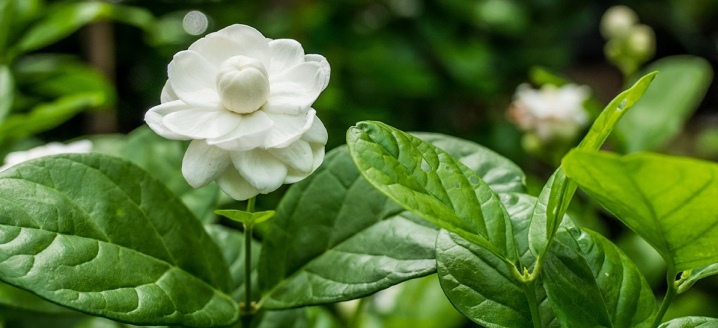
Jasmine has always attracted flower lovers with its touching light buds and amazing aroma. In addition, jasmine sambac develops well at home and does not require particularly complex care.


Description
Jasmine sambac is an evergreen perennial covered with small, snow-white flowers at the ends of the shoots. A characteristic feature of the plant is its bright and strong smell, which can even cause headaches indoors. On thin and smooth brownish branches, small leathery leaves grow, forming separately and resembling an egg in their shape. The length of each plate varies from 3 to 9 centimeters. The elongated flowers are only a centimeter in diameter and look like a tube. The color of the corollas can be white, yellow or red.
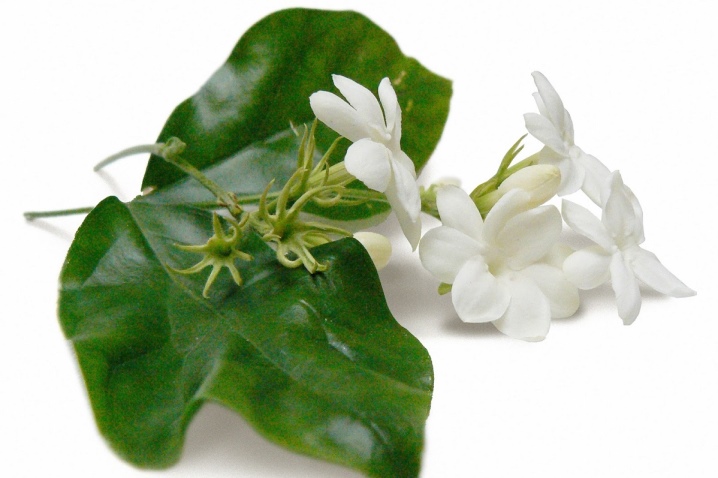
Indian jasmine reaches a height of about 3 meters. The number of flower baskets growing at the same time at the end of each stem ranges from 3 to 12 specimens. From the upper ovary, red or black berries are formed with a diameter of one centimeter. During the flowering period, jasmine buds bloom in the evenings, and close in the morning. The number of sambac jasmine varieties found in nature reaches a couple of hundred.

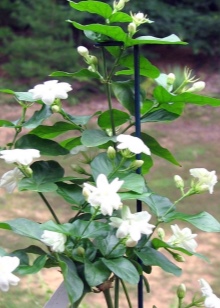
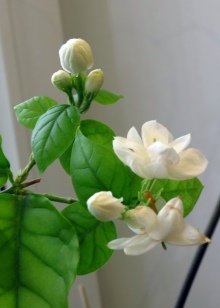
Varieties
At home, as a rule, several main varieties of Sambac jasmine are grown. All of them have a snow-white color and a bright smell, but differ in size and difficulty in growing. Variety "Arab Knights" characterized by very rapid growth and development. The diameter of one flower is from 1.5 to 1.7 centimeters, and the bud itself is double. The culture develops successfully both in the sun and in partial shade. The flowering of this variety lasts from March to September.

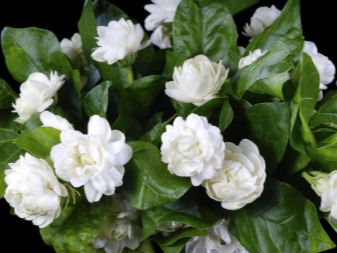
Variety "Grand Duke of Tuscany", which is often referred to as "Grand Duke", grows rather slowly, but pleases its owners with very large flowers, the diameter of which is 4–5 centimeters. The buds are densely doubled. They appear on the stem for only a few days, after which they dry out without falling off. This variety requires shaded areas, but is generally able to grow in a well-lit area. It tolerates drought if not delayed without irrigation. Judging by the reviews, the sweet scent of the "Grand Duke" is the most pleasant.

Variety "Maid of Orleans" known for its unpretentiousness and rapid growth. The plant is curly and creeping, but when properly pruned, it forms a neat bush. The diameter of the emerging flowers is about 20 millimeters, and they "live" only one day.
For the successful cultivation of the variety, it is necessary to withstand a temperature of at least 10 degrees Celsius.
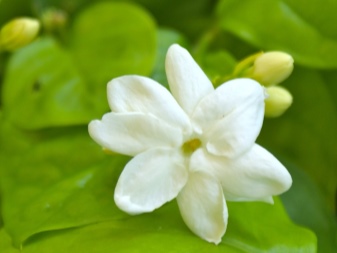
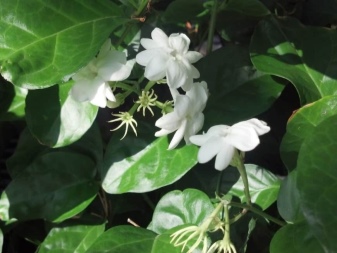
Variety "Beauty of India" develops at an average pace, but produces flowers throughout the year. The diameter of the resulting baskets is 30 millimeters, moreover, they are terry. The cultivar requires regular, but not over-watering, and plenty of light.

How to choose?
The choice of sambac jasmine varieties depends on the purpose for which the plant is purchased. If the main value is the aromatic properties of the culture and the flowers will be used for the manufacture of, for example, natural cosmetics, then it is worth purchasing the “Grand Duke of Tuscany”. If it is much more important for the buyer that the culture regularly pleases with its appearance, then preference should be given to the "Beauty of India", which blooms for almost all 12 months.
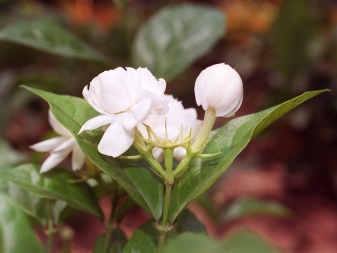

Landing
In the southern regions, it is customary to grow jasmine sambac outdoors, but in other climates it is better to settle it at home, and on warm days, take a container or pot out to a balcony or terrace. The soil for the flower will require light, loose and nutritious, enriched with sand and humus. It will be much easier to purchase a soil mixture suitable for flowering shrubs in the store, but if this is not possible, then you will need to mix the soil from the garden plot, peat and sand in a 1: 1: 1 ratio. In addition, it is important that the soil is neutral or slightly acidic.
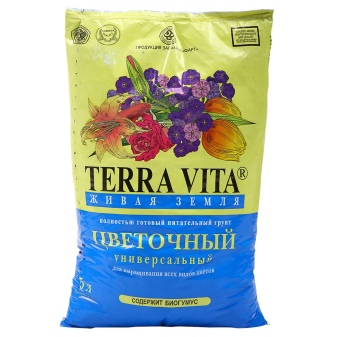
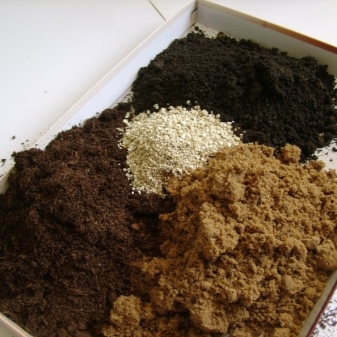
If planting occurs at home, then the pot should be taken with a volume of one and a half to two liters. Its bottom is necessarily covered with a drainage layer, after which the soil mixture is poured inside. A year later, jasmine will need a transplant, since not only the aerial part will grow, but also the roots. In this case, the capacity will have to be taken of a larger size - the same as a year later. An adult sambac is transplanted every couple of years with a complete replacement of the land.
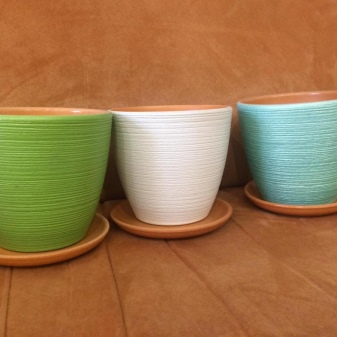

Follow-up care
Caring for a flower at home is not particularly difficult.
Lighting
In principle, indoor sambac jasmine always grows quickly if it receives enough light, and therefore for growing it is better to choose window sills facing southwest or southeast. Periodically, the pot or container will have to be unfolded so that the development of the crown is uniform. In winter, jasmine does not have enough natural light, so you will have to use a phytolamp, which allows you to bring the duration of daylight hours to 16 hours. The temperature at which a plant does well varies with the season.
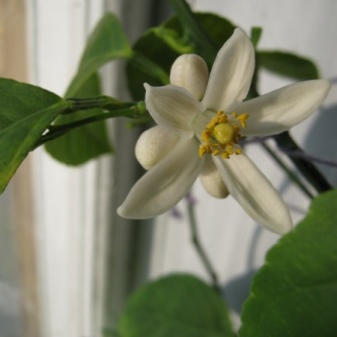
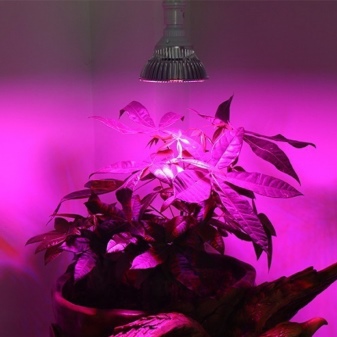
In summer, the optimal interval is 18-25 degrees, and in winter it drops to 10-13 degrees, since the jasmine needs to retire. Lack of proper rest will result in the jasmine being depleted and no longer blooming with the onset of spring.
It should also be mentioned that sambac loves moisture, and therefore exposure to dry air, especially during the period when the batteries are turned on, can play a decisive role and harm the plant. Therefore, he needs regular spraying with water at room temperature, the frequency of which is determined by the situation.
In summer, the container can also be placed on a pallet filled with damp pebbles or expanded clay. During flowering and dormancy, spraying of the plant stops.
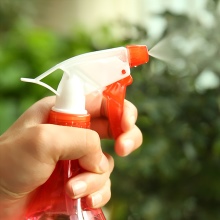
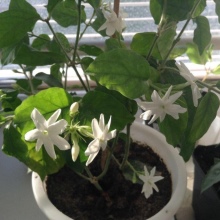

Watering
Jasmine sambac requires moderate watering, which is significantly reduced in winter. The variety does not react well to excess moisture, so its amount should be controlled.
For watering, settled water at room temperature is suitable, to which, if necessary, a little citric acid is added.
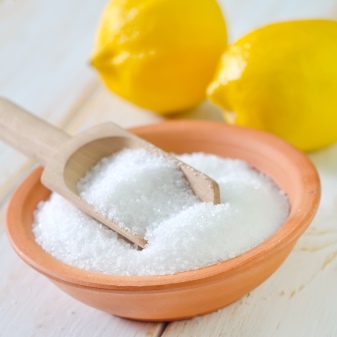
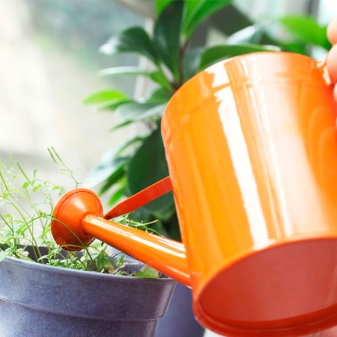
Top dressing
Once a month, sambac jasmine should receive complex fertilizers containing potassium, phosphorus and nitrogen, used in equal amounts.
It is better not to use only nitrogen-containing top dressing, since an excess of this substance contributes to the growth of green mass, and therefore to a slowdown in flowering.
Excess fertilizer leads to a change in the color of the leaf blades to yellow. The lack of fertilization is the result of a slowdown in growth and, accordingly, the cessation of the formation of flower buds. It is most convenient to fertilize sambac jasmine with granular formulations.
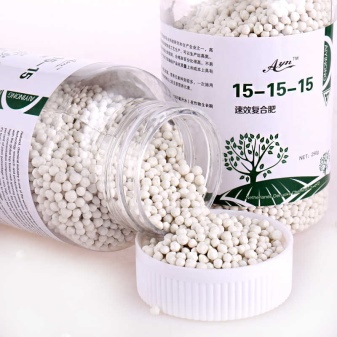
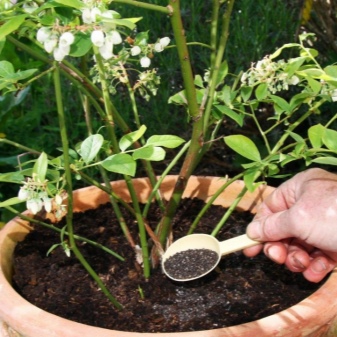
Pruning
Timely pruning allows you to give jasmine a beautiful and neat shape. As a rule, it is carried out in early spring and consists in shortening long branches by almost 2/3. Weak, diseased or dried specimens are removed completely. When the jasmine fades, it makes sense to pinch it, or again slightly shorten it.This procedure will contribute to the further emergence of young and healthy shoots with flowering buds. As a rule, it is necessary to form a bush a couple of times a year.
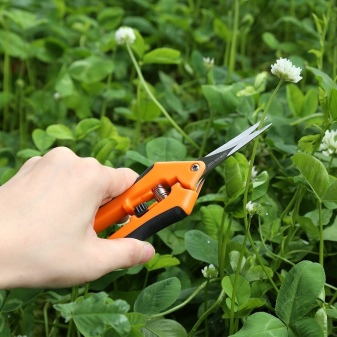
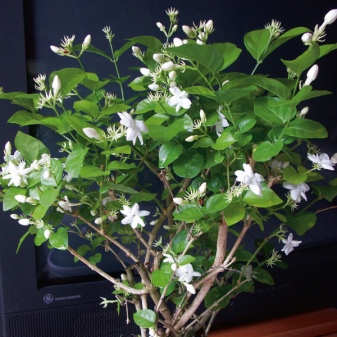
It must also be remembered that the sambac must be properly prepared for the dormant period that occurs in winter. For this the number of irrigations is gradually decreasing and the application of fertilizers is decreasing. The humidity of the air, however, remains at the same level, since dry is capable of ruining a plant, even when it is at rest. In addition, as already mentioned, the temperature in the room where jasmine hibernates decreases.

Disease and pest control
Jasmine sambac quickly and clearly reacts to violation of the conditions of maintenance and care - as a rule, the plant immediately either gets sick or, weakened, becomes a target for pests. Of insects, the culture is most often attacked by spider mites, leaf weevils and aphids. The plant owner must quickly respond to the situation by removing the damaged parts and spraying the bush with insecticides. However, if the situation is not too neglected, then first you should use natural methods of struggle or wash the jasmine with soapy water.

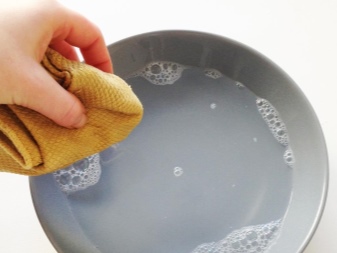
If sambac sheds leaf plates, then the source of the problem may be excessive moisture, drying out of the soil, or low air humidity. What to do in this situation, in principle, is clear - to balance the out-of-control aspect of the culture. Dry ends of leaves and shoots are again characteristic of low humidity or insufficient watering. When the branch dries up completely, the problem may lie in the use of hard water for irrigation and the accumulation of alkali in the ground.
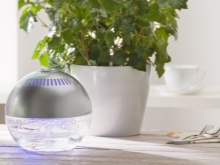
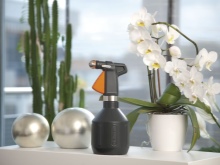
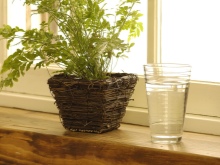
Of the diseases, jasmine sambac often suffers from chlorosis, which occurs due to the poor soil. As a rule, the addition of iron and magnesium will eliminate the problem situation. Excessive watering often results in rot. In this case, the damaged part of the plant will have to be removed, and then the procedure should be made moderate. If the leaves of the crop turn yellow, then perhaps we are talking about excessive fertilization.

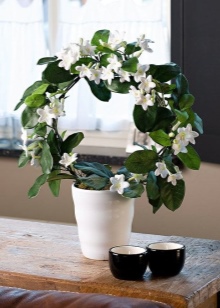
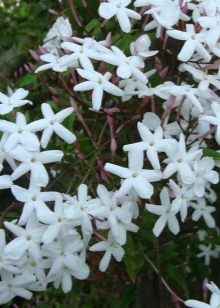
Reproduction
Sambac jasmine propagation is carried out only by cuttings. This procedure is carried out at the end of May or is carried out throughout the summer. Cuttings are cut in such a way as to be partially lignified and have a couple of internodes. It is forbidden to cut them off from flowering shoots.
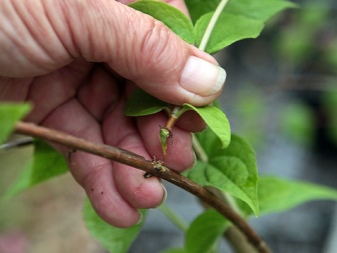

Each branch must be dipped in a solution that stimulates the development of roots, after which it is planted in a container to a depth of one and a half to two centimeters, filled with moistened sand or peat. The cut should be beveled.
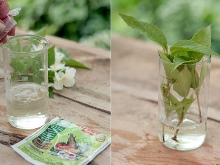
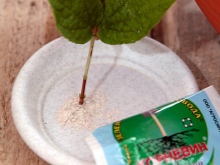
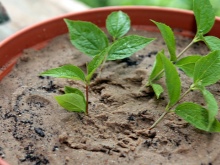
The container is covered with a glass jar or plastic bottle to create a greenhouse effect. With regular irrigation, airing and maintaining the temperature at 20 degrees Celsius, the roots will appear in a month and a half. Shoots with roots are planted in separate pots, the diameter of which is 5 centimeters. The next transplant will occur only when the roots braid all the available soil - in this case, containers with a diameter of 9 to 11 centimeters will be required.
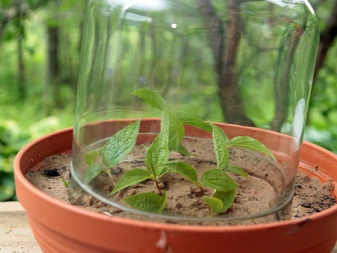
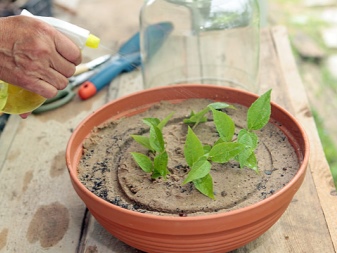
Even more nuances of growing and caring for sambac jasmine in the next video.
































































The comment was sent successfully.